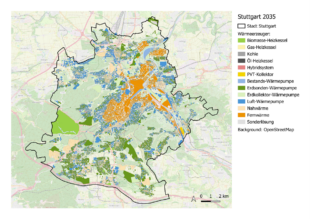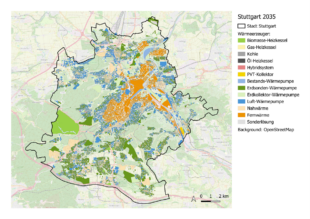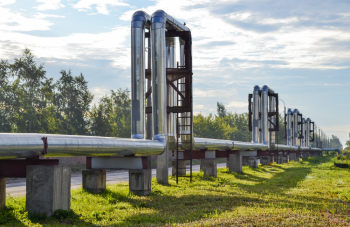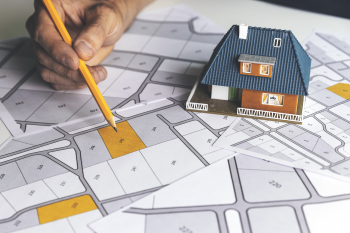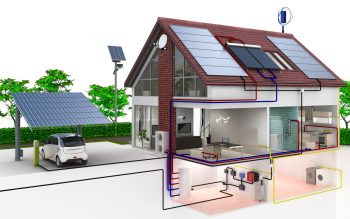How is the consumption of heating and cooling in buildings currently developing?
To develop a heating strategy, it is essential to know the structure of existing heating and cooling requirements and forecast realistic future developments. The real effects of refurbishment and the exploitation of further efficiency potential are particularly relevant here. In addition to new construction, demolition, and vacancies, effects such as climate change or “urban weather” may also influence developments in the future. Since the actual consumption of individual buildings is often unknown or unavailable, the calculations are based on typical buildings. Here, not only the demand for heating and cooling are of interest, but also how these are distributed over the year and when demand peaks occur.
In particular, we consider the following questions:
- Efficiency First? What role does building insulation play in the heat transition?
- What other efficiency measures are relevant in addition to building insulation?
- What are the heating and cooling requirements of (typical) buildings? How are these requirements distributed over time?
- How do building constructions, demolitions, and vacancies develop over time?
- What is the effect of climate change on heating and cooling demand?
- What amount of GHG emissions are the thermal demands of buildings responsible for, and how strong are the regional differences?
